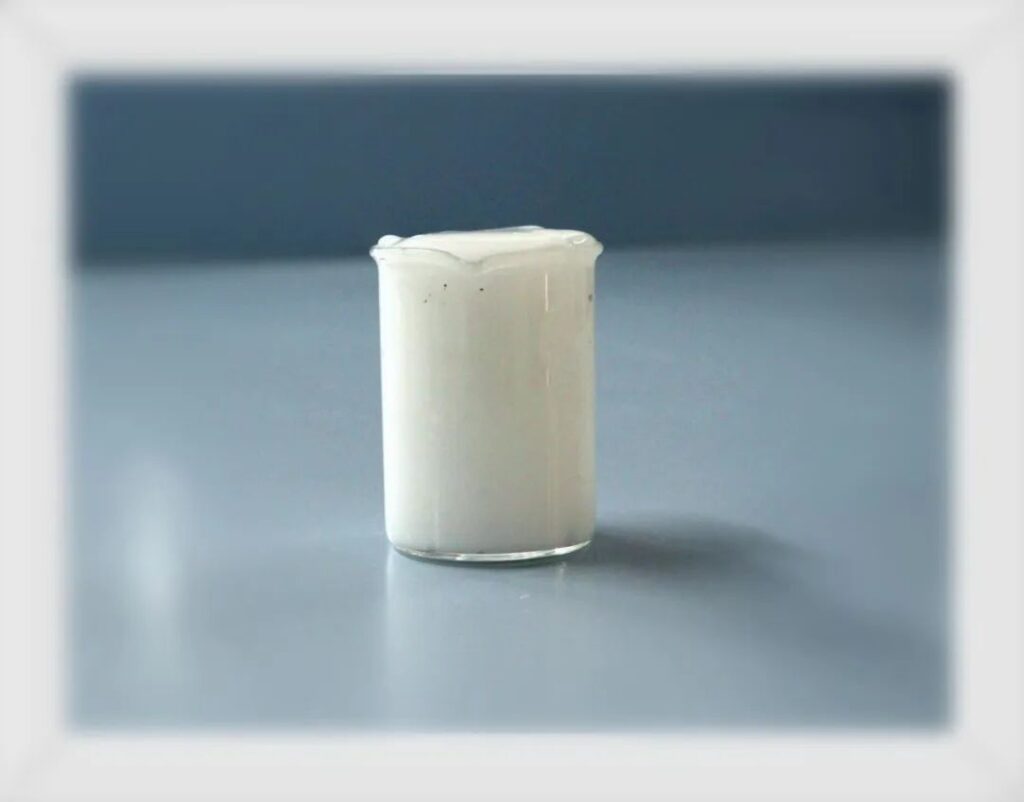The function of the water-based paint dispersant is to disperse the pigments and fillers very finely and evenly in the paint to prevent the occurrence of sedimentation, agglomeration and flocculation. Especially in water-based systems, affected by the viscosity, the pigments and fillers are affected by their own gravity. , is prone to sedimentation, so it is necessary to add a dispersant to improve storage stability.
The specific functions of dispersants are as follows:
- The main function of the dispersant is to disperse the particles that need to be dispersed in the water-based paint on the surface so that they have better stability.
- The dispersant can improve the gloss of the water-based paint, improve the smoothness of the surface of the water-based paint, and maintain a certain stability. In this way, when the sunlight hits the wall, the water-based paint will emit a good gloss.
- It can prevent the color of the water-based paint surface from changing. If the dispersant is not used properly, the color will change.
- The dispersant can also reduce the viscosity of the paint, so that more pigment can be added.
- Dispersants can also increase the stability of water-based coatings. If the strength of the dispersant is not good, the stability of the water-based coatings will be destroyed, which is not easily visible from the surface.
- Dispersants can also increase the color transparency and saturation of water-based paints, and enhance the hiding ability of water-based paints.
- There are three main stabilizing mechanisms of dispersion:
- 1) DLVO diffusion double layer mechanism;
- The charges or adsorbed ions on the surface of the pigment particles in the dispersion system produce a diffusion double electric layer. When the pigment particles approach, the double electric layer generates electrostatic repulsion to achieve stable dispersion of the particles.
- 2) Steric hindrance stabilization mechanism;
- Uncharged polymer compounds are adsorbed on the surface of pigment particles to form a thick steric hindrance layer, thereby achieving a stable effect.
- 3) Electrostatic space stabilization mechanism;
- The electrostatic steric hindrance mechanism is a combination of the above two mechanisms. Electrostatic repulsion and steric hindrance work simultaneously to form a stable dispersion system.

